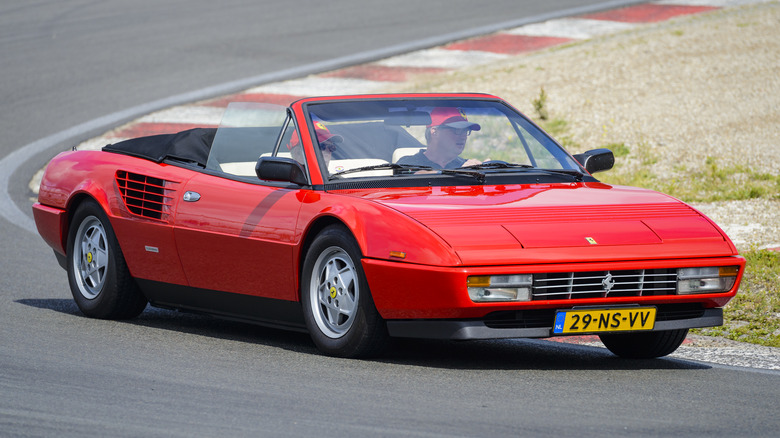
Sjo/Getty Images
Buying a classic sports car is a goal for countless enthusiasts, but actually saving up the money to get one is no easy task. Clean examples of the most desirable classic cars can cost far above what the average enthusiast will realistically be able to afford. Therefore, it can be tempting to run a «Price: Low to High» search on used car sites and see what comes up. Some of the cheapest classic cars on the market might look at first glance like bargains. They offer a seemingly affordable way to purchase a car from a prestigious marque, but often there’s a reason why they’re so cheap.
Some are notoriously unreliable, and will likely cost their owner thousands in maintenance each year just to keep on the road. Some are unpopular and don’t offer the same thrills that most enthusiasts of a brand will be looking for. Then, some are simply overlooked, either because there are better options on the market or because many buyers are put off by unfair stereotypes that don’t reflect the reality of owning the car. Whatever the reason for their suspiciously low asking price, it’s worth being clued up on these cars before trying to scour the classifieds for a bargain.
Aston Martin DB7
Small volume carmakers quite often have to borrow parts from larger carmakers to keep costs down. There’s no point developing, say, a unique set of tail lights when a set sourced from another manufacturer will do just as good a job, but borrow too many parts and the car might end up labeled a «parts bin special.» The Aston Martin DB7 veers dangerously close to that territory, which is part of why it’s so cheaply priced. It features a laundry list of components sourced from other cars, mostly from budget Ford and Mazda vehicles, since all three brands were under Ford Motor Company’s ownership at the time.
The DB7 was a great success for Aston Martin, selling in high enough volume to turn around the company’s dire financial situation. More than 7,000 examples left the factory by the time it was replaced in 2004, making it significantly less rare than any other Aston Martin before it. This again has helped keep resale values down — there are more examples on the market than any older Aston Martin model. It might not be the most exotic of the brand’s cars, nor the rarest, but at the end of the day it’s still an Aston Martin. Expect sharp handling, plenty of poke under the hood — and inevitably some eye-watering repair bills when it goes wrong.
Maserati Biturbo
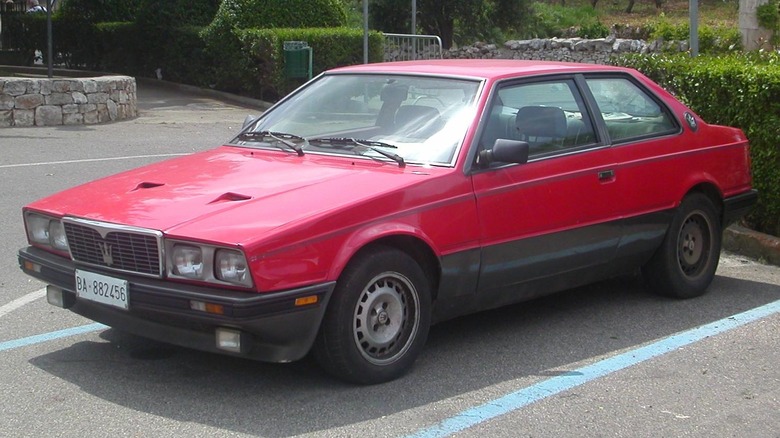
Hassocks5489/Wikimedia Commons
Online coverage of the Maserati Biturbo is generally very negative, with SlashGear being no exception. The Italian classic made the list of the biggest mistakes by European carmakers, being panned for its terrible build quality. That reputation is well deserved, with early Biturbos being notorious for various quality control issues straight from the factory, but it doesn’t tell the whole story. Later variants of the Biturbo, along with the many variants sold under different names, fixed many of the car’s original issues. By that time, however, the damage had already been done, and the car had already become synonymous with engine trouble, rust, and electrical gremlins.
Ironically, the main reason that the Biturbo was so badly built was that demand for the car was very high. In trying to meet that demand, Maserati skimped on quality control. The Biturbo was also an innovative design, with its name stemming from the fact that it was the first production car to feature twin turbochargers. A pioneering powertrain and rushed production was always a combination that was always going to end in disaster, even if the Biturbo still sold well at first. Examples can today be found very cheaply on the used market since the Biturbo’s negative reputation has compounded over time.
[Featured image by Hassocks5489 via Wikimedia Commons | Cropped and scaled | Public Domain]
Dodge Daytona Turbo Z
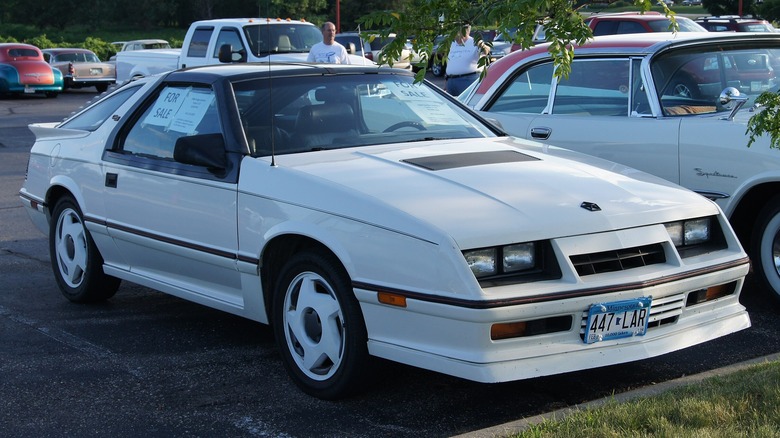
Greg Gjerdingen/Wikimedia Commons
With a few exceptions, front-wheel-drive sports cars are generally considered inferior to those sporting either rear or all-wheel-drive. However, some manufacturers in the ’80s were convinced that the general car market’s rapid adoption of front-wheel-drive would soon take over all segments, sports cars included. The Dodge Daytona Turbo Z was launched in 1984 on the basis of this assumption, and to position it as a forward-thinking car, it was one of the brand’s most technologically advanced cars launched up to that point.
It featured significantly more electronic systems than previous sporty Dodge cars, plus a new turbocharging system that was more carefully implemented than other early turbocharged American cars. The car looked good for its era too, and boasted competitive performance figures. Fast forward 40 years, however, and the car has been all but forgotten. The front wheel drive revolution didn’t quite turn out the way that brand bosses had envisioned, and the sports car market moved on. Unlike European rivals, the Daytona Turbo Z couldn’t rely on the allure of an exotic name to prop up its resale value, and as a result, surviving used examples can be found for suspiciously cheap today.
[Featured image by Greg Gjerdingen via Wikimedia Commons | Cropped and scaled | CC BY 2.0]
Triumph TR7
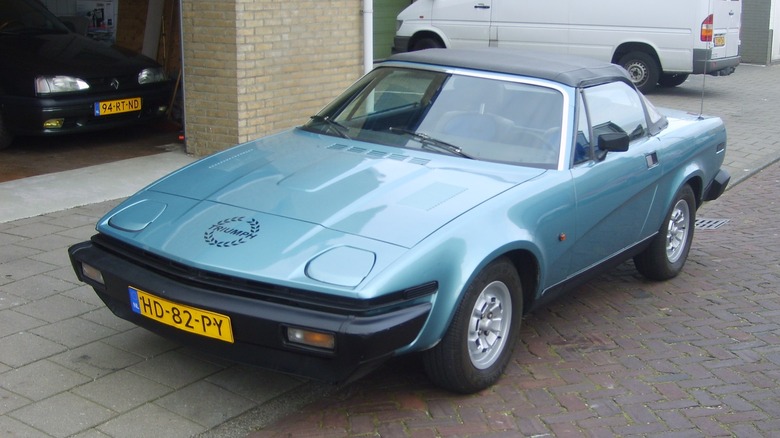
Niels de Wit/Wikimedia Commons
The Triumph TR7 has drawn such strong criticism that it’s been labeled as one of the reasons that Triumph stopped building cars altogether. It sits alongside the Maserati Biturbo as a go-to model for many a «worst sports car» list, with most reports citing its terrible build quality and divisive design as reasons for its inclusion. Much like the Biturbo, those claims are true but don’t quite tell the whole story. The car’s build quality varied over the course of its production run, with early cars considered to be the worst offenders. Later, production of the TR7 would move to a new plant, and with it, a few of the car’s most notorious faults would be remedied.
The car’s styling wasn’t altered much over the course of its life, save for the introduction of a convertible variant that was absent in early model years. Unfortunately for Triumph, the TR7’s early problems had already been well publicized by the time the car was improved, and sales never picked up. Today, its reputation overshadows its old-school British charm, and many examples sell for under $10,000.
[Featured image by Niels de Wit via Wikimedia Commons | Cropped and scaled | CC BY 2.0]
Ferrari Mondial
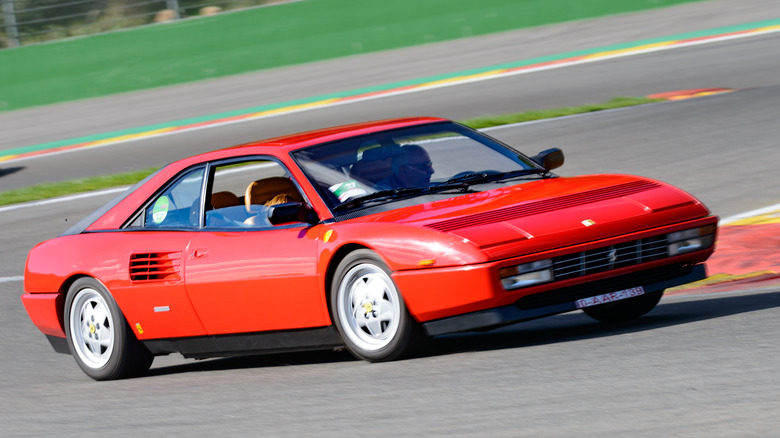
Sjo/Getty Images
It might not be as cheap as many of the other cars on this list, but the Ferrari Mondial is suspiciously low-priced for a car with a Prancing Horse badge. It holds the unfortunate title of being the least valuable Ferrari, and is generally regarded as the least desirable. Primarily, the lackluster reputation of the car can be traced back to its middling performance. With its 0-60 mph time of more than eight seconds and roughly 140 mph top speed, it wasn’t quick compared to its rivals. The idea that a brand new Ferrari could be overtaken by cheaper competitors put off would-be Mondial owners, and its slightly ungainly looks didn’t help either.
However, the temptingly cheap prices of Mondials opens a door to Ferrari ownership for enthusiasts who would otherwise be priced out of owning one. It might be the least desirable Ferrari, but it’ll still turn heads on the street. Plus, later models aren’t as sluggish as their reputation might make them seem. The ultimate iteration, the Mondial T, made 300 horsepower from its 3.4L V8 engine, a respectable figure for its day. However, the model’s reputation has yet to fully recover from its troubled start, which has helped keep resale values low.
Chrysler TC by Maserati
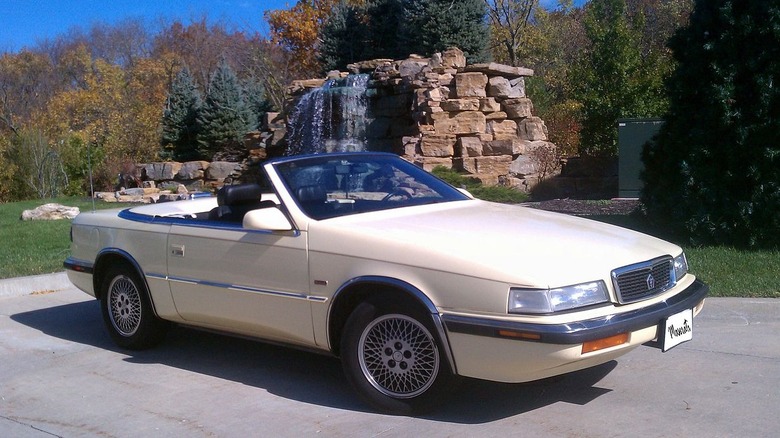
Mesatrooper/Wikimedia Commons
Combining Italian styling with American power can be a recipe for success, as the many cool American-engined, European supercars out there prove all too well. In the late ’80s, Chrysler decided to do exactly the opposite, taking a car that looked thoroughly American both inside and out but building it in Milan. Then, importing it back to America and charging buyers a hefty premium. The Chrysler TC by Maserati was an awkward combination of the DNA of both brands and never caught on with buyers. Some misfit cars find a fanbase many years after their original production run ends, but so far, the TC remains generally unloved by enthusiasts. As such, prices are very cheap.
Calling the TC a sports car is perhaps a misnomer: despite its Italian heritage and 200 horsepower engine, it was never intended to be fast. It was instead mostly built as a luxury convertible, albeit with the added exotic, sporty image that the Maserati badging alluded to. The car’s high asking price, Chrysler K-car looks, and shared Chrysler parts meant it was essentially doomed from the get-go, with the American automaker reportedly taking a heavy loss on the car’s development.
[Featured image by Mesatrooper via Wikimedia Commons | Cropped and scaled | CC BY-SA 3.0]
Porsche 968 Cabriolet
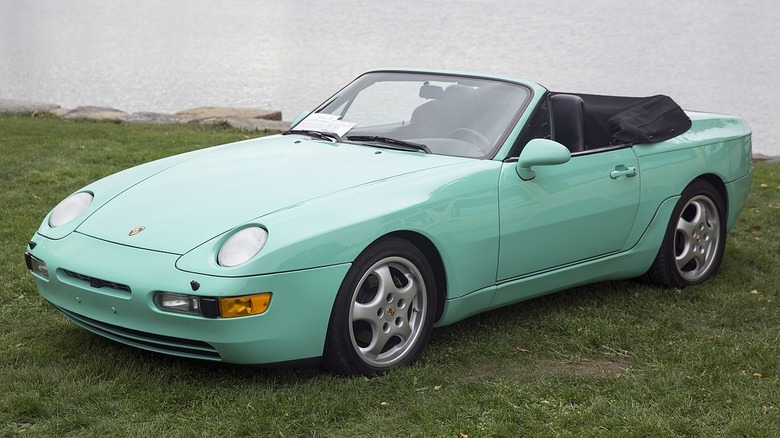
Mr.choppers/Wikimedia Commons
The Porsche 968 Cabriolet is a rare, classic Porsche convertible, yet it’s generally overlooked by collectors. As a result, it’s one of the cheapest classic Porsches to buy. One explanation for this low price could be the car’s VW roots — it’s derived from a project that VW abandoned and Porsche later took over. Its front-mounted four-cylinder engine is also not the purists’ choice, with most Porschephiles preferring the 911’s iconic rear-engine design.
Perhaps the biggest issue for the 968 Cabriolet, however, is that it’s not quite the most of anything. Buyers hunting for maximum Porsche prestige will always go for a 911, while those looking for the cheapest, best value-for-money sports car will likely opt for a Boxster. The 968 Cabriolet isn’t old enough to be antiquated, but other cheap Porsches offer more modern design and power.
The Cabriolet is also the less practical variant of the car for anyone looking to use it as a daily driver or weekend road trip vehicle. The coupe 968 features a more spacious trunk than many classics of its kind, alongside usable rear seats. As a result, it commands a premium in the used market, leaving the Cabriolet as a compromise in comparison. It’s cheaper, but less practical. It’s not a 911, yet the Boxster can be had for even less.
[Featured image by Mr.choppers via Wikimedia Commons | Cropped and scaled | CC BY-SA 3.0]
Lotus Elan M100
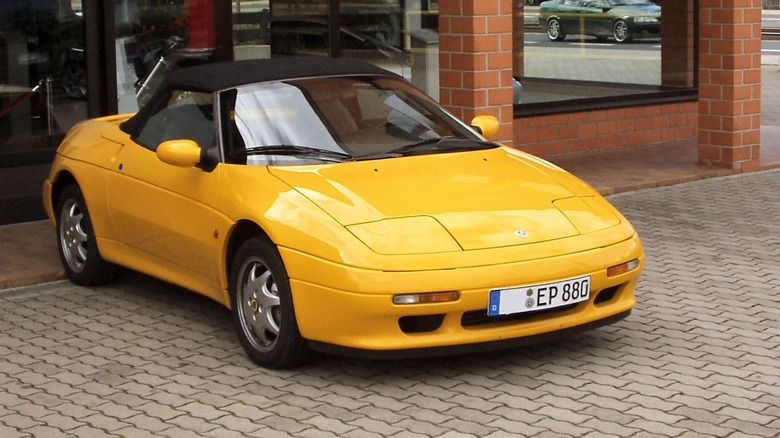
KarleHorn/Wikimedia Commons
Anyone who buys an old British sports car should already know what they’re getting themselves into. Build quality on virtually every British classic is patchy, with significant repairs an inevitability sooner rather than later. The Lotus Elan M100 is a prime example of that questionable build quality, with a long list of weak spots ranging from a leaky roof to misfitting body panels. It’s also not the fastest car of its kind, with its Isuzu-sourced 1.6L turbo-four engine needing to be thoroughly worked to get the most out of it.
The Elan’s launch in 1990 coincided with an economic downturn, which tanked its sales figures. Only 559 examples of the car were sold in America, making them a rarity to find today. In one sense, that could be seen as a good thing, as the car is rarer than many modern supercars. However, anyone who’s not willing to do a significant amount of maintenance work themselves will likely find it very difficult to find a mechanic with the expertise to work on one. As the only front wheel drive Lotus, the Elan isn’t considered the purists’ choice either, with most preferring the newer Elise. It might be available for cheap, but there are few reasons to buy an Elan considering what other affordable sports cars can be found for the same price.
[Featured image by KarleHorn via Wikimedia Commons | Cropped and scaled | CC BY-SA 3.0]
TVR Chimaera
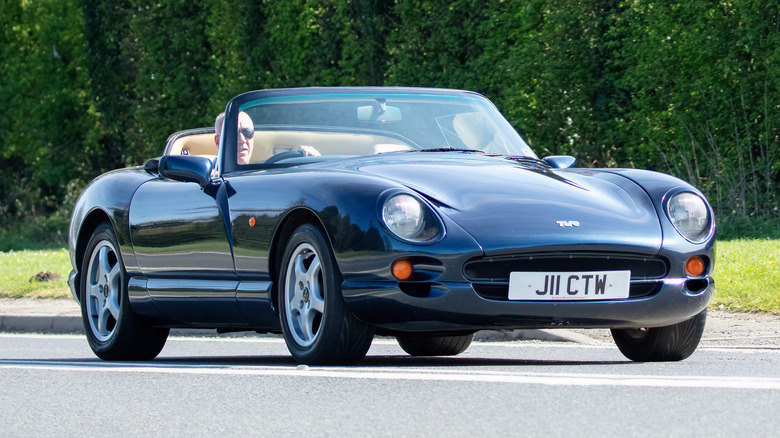
Sue Thatcher/Getty Images
With early examples of the car recently passing the 25 year mark, the TVR Chimaera can now be imported into America. A few have already made it over, most with surprisingly low price tags. TVRs don’t have a great reputation for reliability, and given their rarity, parts will likely be tricky to find. However, a Chimaera in good condition should be more reliable than many enthusiasts would think.
In 2018, a Chimaera completed a 20,000-mile road trip from the northernmost pub in the world to the southernmost pub. The car managed the whole trip — from Norway to Argentina — with the only major repair being a replacement clutch in Nicaragua. Other than that, the car didn’t miss a beat, even when driving through deserts or down rutted dirt roads.
Not every Chimaera will be as reliable, and a lot will depend on how well any previous owners managed to fix any build quality issues present when the car shipped from the factory. However, a clean example should make a great, and very unusual, road trip car, despite its maker’s reputation.
Jaguar XJS V12
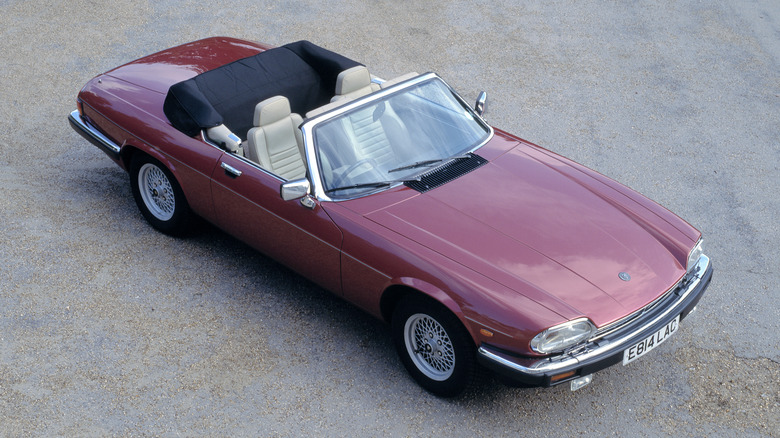
Heritage Images/Getty Images
Jaguar’s V12 engine made its first appearance in the E-Type, but it was originally intended to be launched in an all-new car. That new car, the XJS, appeared several years later than planned but proved to be a success for Jaguar. The XJS V12 sold in far higher numbers than any V12-powered car before it, despite being the most expensive car Jaguar had ever produced at the time. Today, however, it’s worth only a small fraction of its original price and has garnered a reputation for being unreliable and costly to work on.
Owners report a long list of troublesome components, covering almost every aspect of the car. Like many cars of its age, corrosion is a common issue, alongside faulty brakes, overheating engines, and electrical gremlins. Any example on the cheapest end of the market is likely to have had one or more previous owners that cut corners on maintenance and repairs, and so will likely cost more to put right than buying a cleaner example. Even then, the most pristine examples still suffer from the same age-related issues as the tattiest cars. Either way, an XJS V12 requires the investment of serious time and money to keep going, which is why it’s so suspiciously cheap to buy upfront.